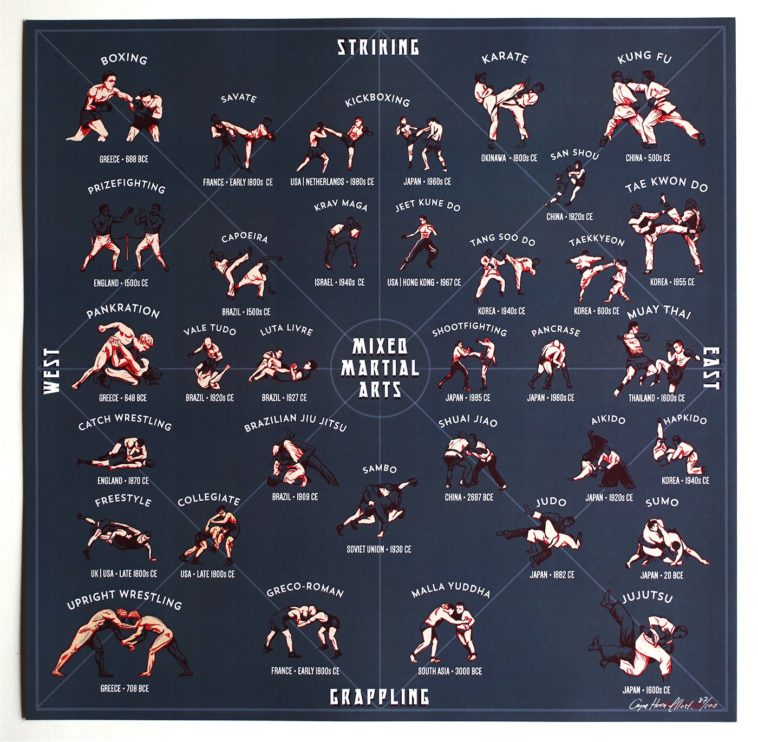Discover The Tricks Of Taekwondo's Belt Levels! From White To Black, This Guide Has Whatever You Need To Know. Dive In Now!
Discover The Tricks Of Taekwondo's Belt Levels! From White To Black, This Guide Has Whatever You Need To Know. Dive In Now!
Blog Article
Write- simply click the up coming article -Berry Sherman
Did you understand that there are a total amount of ten belt levels in Taekwondo? From the novice's white belt to the respected black belt, each degree stands for a landmark in your journey to proficiency.
But what do these belt degrees actually suggest? Just how do you proceed through them?
In this conversation, we will certainly break down the belt degrees in Taekwondo, discover their value, and reveal what it takes to climb through the rankings.
So, if you're curious to understand the details of Taekwondo's belt system and what it indicates for your training, remain tuned.
The Objective of Belt Degrees
The objective of belt degrees in Taekwondo is to give a clear and structured development system for you to track your advancement and ability level. As you start your Taekwondo journey, you start with a white belt, symbolizing your novice status. With each belt promotion, you gain new expertise, methods, and responsibilities.
The belt levels act as milestones, reflecting your commitment, dedication, and growth in the martial art. They give a feeling of achievement and inspiration to maintain pushing on your own to boost. In addition, belt degrees help teachers and peers examine your capabilities and give proper advice and training.
Belt Colors and Their Meanings
As you progress through the belt levels in Taekwondo, each shade stands for a specific meaning and symbolizes your development in the martial art.
The white belt, which is the starting point for all beginners, represents purity and virtue.
As you go on to the yellow belt, it indicates the earth from which a plant sprouts and settles.
The green belt represents growth and the advancement of your skills.
The blue belt symbolizes the sky, where your capacity as a Taekwondo professional is limitless.
The red belt represents threat and care, reminding you to use your skills properly.
Lastly, the black belt stands for mastery and expertise, indicating your journey towards ending up being a true Taekwondo master.
Each belt color holds its very own distinct definition, mirroring your progression and commitment in this old martial art.
Advancing Through the Belt Degrees
To progress through the belt levels in Taekwondo, you have to constantly show your abilities and devotion. https://sofrep.com/news/street-fight-realities-why-your-martial-arts-techniques-might-not-hold-up/ what you need to learn about progressing in this martial art:
1. ** Technique Makes Perfect **: Normal training sessions are essential to improve your strategy and master the required types. Repetition develops your abilities, permitting you to do with precision and rate.
2. ** Pressing Your Limits **: Progressing via the belt degrees needs pressing yourself beyond your comfort zone. You'll be tested literally and mentally, but it's with these obstacles that you expand and improve.
3. ** Evaluating Your Expertise **: Belt tests evaluate your understanding of Taekwondo concepts, consisting of sparring, protection, and breaking methods. These tests guarantee you have an extensive grasp of the art and prepare to progress to the following level.
Final thought
As you start your journey through the belt levels in Taekwondo, keep in mind that each shade holds a much deeper definition past its surface area appearance.
Similar to the vivid colors of the belts, your progress represents development, discipline, and willpower.
As you progress, each belt comes to be a sign of your dedication and proficiency of the art.
Embrace the difficulty, push your limitations, and let the meaning of your belt levels motivate you to come to be the most effective version of yourself both on and off the floor covering.
